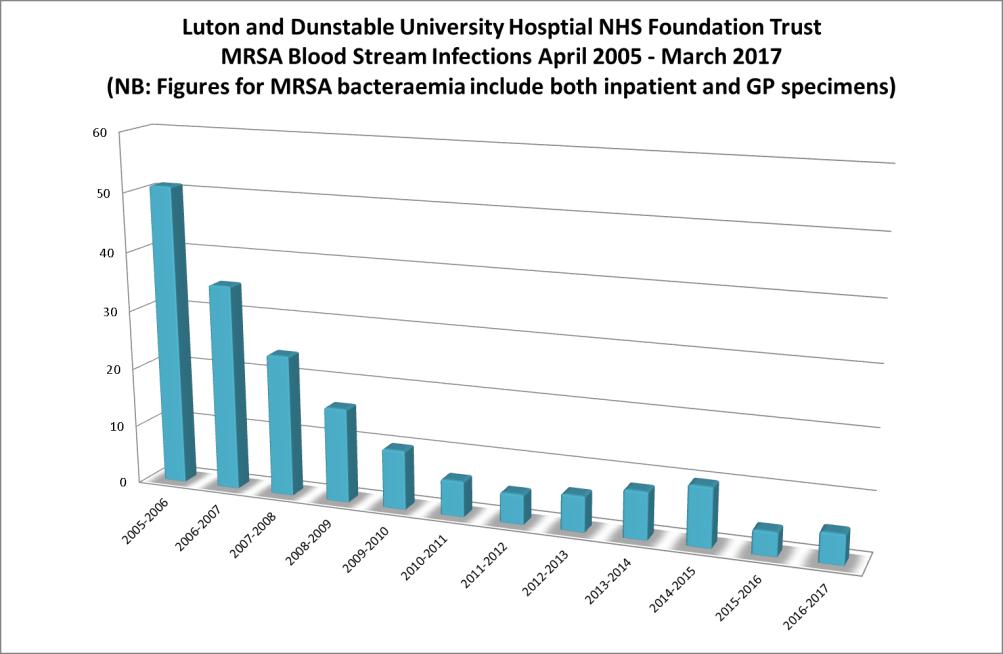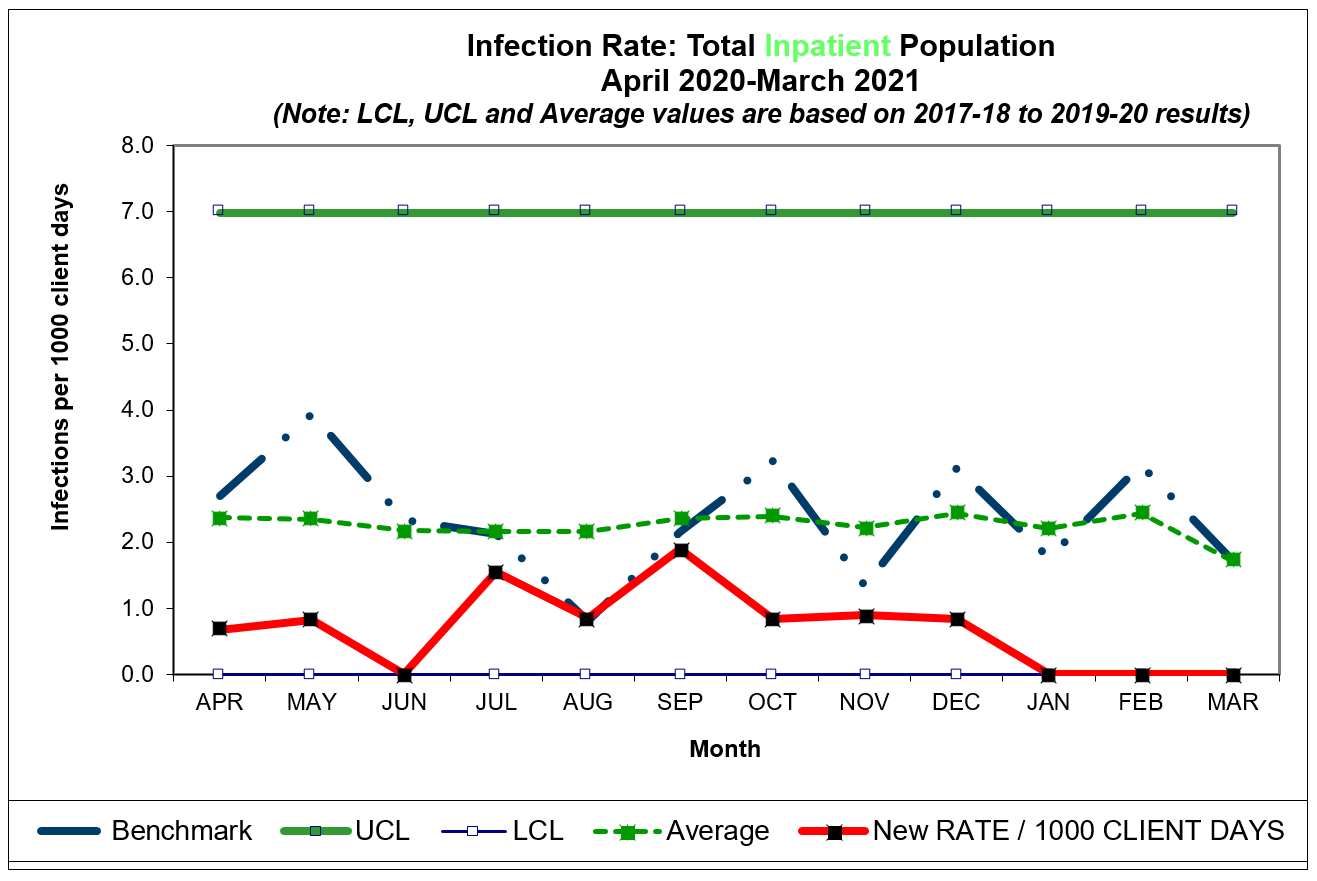

“It’s really a model for collaboration among different stakeholders and different entities,” he said. Nabil Fares, the CDPH’s CIO, is proud of the teamwork between the state’s businesses units, his IT staff and the California Healthcare Foundation. The most recent version debuted in August 2012 after a relatively quick implementation period that began in May. The California Healthcare Foundation supplied $75,000 in grants for the project, and designers from Stamen Studios, a San Francisco-based design studio, worked with state staff to create the map and Web page. The CDPH unveiled the map’s first iteration in January 2012. This prompted state hospitals to provide the CDPH with infection data. They began with a 2006 California law requiring the CDPH and general acute care hospitals to create programs to monitor diseases and prevent health-care-associated infections. Successive events led to the map’s creation. “The map is an extra added value to make the information easily available and understandable to the consumer,” Gore said. In this case, the map was a great starting point for infection data, but the data’s real substance lies elsewhere. The other, Roseville’s Kaiser, performed 629 with no infections during the same period.

If she digs around, she’ll see that one of her choices, UC Davis Sacramento, performed 351 C-sections from April to December 2011 with only two infections. Links beneath the map lead to Web pages featuring specific infection data. These hospitals’ C-section infection rates are lower than she expected, so one of those would make her feel much safer when she delivers her baby.īut Diane won’t find detailed numbers on infection rates unless she visits other CDPH pages.

However, she’s excited when she sees two hospitals with green squares, University of California Davis Medical Center in Sacramento and a Kaiser facility in the nearby suburb of Roseville. national average for SSIs.” This is represented by four symbols: A green square means a hospital has lower-than-average infection rates, a purple circle means it’s equal to the average, an orange triangle means it’s higher, and a gray circle means no data’s available for a comparison.ĭiane sees that most hospitals in Sacramento and nearby regions have purple circles, which means their C-section patients don’t get infected at higher-than-normal rates. The legend under the map says, “Rates of infection per hospital are compared with the U.S. The surgical site infection button has a dropdown menu with a “cesarean section” option, so Diane clicks that one to sort accordingly. One is for general surgical site infections (SSI), and the others involve bloodstream infections. A main menu sorts the data along multiple infection categories. For example, say Diane, a 30-something office assistant in Sacramento, learns she’s pregnant and wants to know more about infection rates for C-sections.ĭiane visits the interactive map to view C-section infection rates for local hospitals and weigh her options. The map offers general infection data about common operations, supplemented by more detailed information elsewhere on the CDPH website. Gore and her colleagues designed the map to package data in ways that will have fewer Californians scratching their heads. “This is an attempt to take the information we were being given and make it usable for people,” she said. Data reveals whether the facility’s infection rates are lower, higher or equal to state or national averages. Users click a symbol to generate a pop-up box disclosing the hospital’s stats for different surgeries. The map displays more than 300 California hospitals with symbols representing surgical infection rates for about a dozen procedures. The CDPH created the Healthcare Associated Infections interactive map to deliver infection information to consumers that’s less confusing. “When we started releasing these reports to the public, we were criticized for them not being consumer helpful.” “We have major pieces of data and charts and information on our website, but not necessarily user-friendly,” Gore said. Dozens of pages contain paragraph after paragraph describing sophisticated, hard-to-pronounce infection types, and there are long lists of links to reports and other health-related websites. The department’s Healthcare Associated Infections program posts information about surgical site infections and blood-related infections, but the voluminous data may exhaust readers’ patience. Reading hyper-detailed Web pages is challenging.


 0 kommentar(er)
0 kommentar(er)
